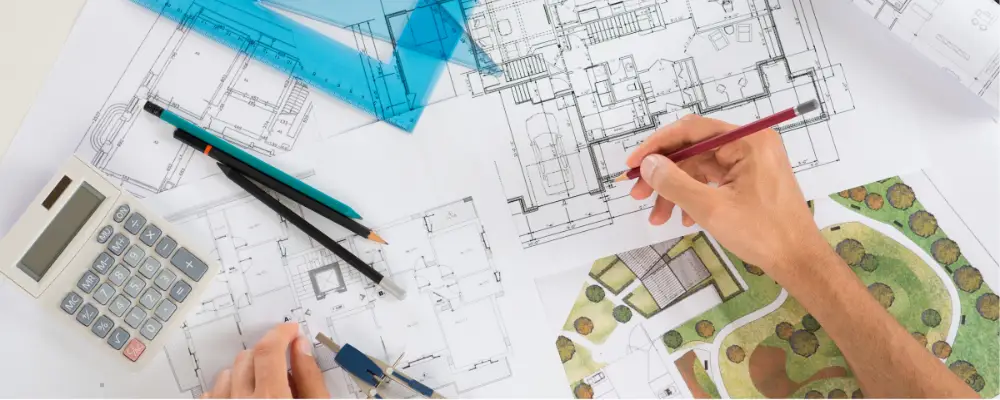Have you ever wondered how a building is constructed? From the ancient Taj Mahal to the modern Burj Khalifa, many amazing structures show the skill and creativity of architects.
Architects play an important role in shaping the surroundings; their skills and designs inspire everyone and make buildings sustainable. Okay, wait. Do these responsibilities sound similar to those of civil engineers? Yes.
However, there is a huge difference. Engineers and architects work together to deploy high-quality and sustainable buildings. Explore the following sections to learn more about an architect’s role and responsibilities.
Who is an Architect?
Almost everyone knows that an architect is a certified skilled professional who can plan and design buildings. But is there anything more than that? Yes, architects hold more responsibilities in the construction industry.
They are highly trained in the arts and sciences of building design. An architect’s role is multifaceted, combining technical expertise to create functional and appealing buildings.
The most important criterion for an architect is that they should be licensed. They design new buildings and also restore the existing ones.
Sounds great, right? Yeah! Are you eagerly waiting to know more about the responsibilities of an architect? Here you go.
Role of Architects in the Construction Industry
Architects work closely with engineers, stakeholders, and almost everyone in the project. Let’s know what exactly they do.
Project Discussion
Proper and prior planning is essential for successful project completion. Architects plan an initial consultation schedule with clients or stakeholders to gather and discuss the client’s requirements.
In this session, architects discuss a lot of things about the project. It includes:
- Potential advantages and disadvantages of the construction site.
- Ask about the client’s budget and financial targets for the project.
- Different choices of designs as per the client’s requirement.
- Planned procedures so far are discussed to maintain transparency throughout the project.
Designing
Here comes a huge part of an architect’s role; they start to draw the designs of commercial, residential, or any other type of building. Architects need to bring the client’s visualisation of the buildings to a piece of paper.
They rework the sketches until every nooke and corner matches the client’s expectations. In addition to the client’s ideology, architects need to concentrate on the regulations, building codes, styles, and structure of the construction location.
This helps to design a better version of buildings in accordance with the rules and regulations.
Coordinating with Engineers and Contractors
Architects work closely with other professionals, including civil and mechanical engineers and general contractors. They work together to gather information and requirements for successful project completion and safe building.
Civil engineers and architects collaborate on the blueprints to decide which materials best suit the design and the client’s requirements.
Architects work with contractors to reduce budget confusion, streamline decision-making, improve construction management, and make smarter design decisions.
Managing Project Documentation
One of the most important responsibilities of architects is managing project documentation. They ensure the timely documentation of the project’s scope, client requirements, site conditions, budget, timeline, and technical specifications.
Then, architects document the continuous iterations through sketches, 3D models, floor plans, and the overall design of the buildings. They also need to actively document the regular updates, including the construction issues and approvals.
These are the roles and responsibilities of the architects. However, there are different types of architects available to complete various projects. Do you know about them? Let’s learn about the types of architects here.
Types of Architects in the Construction Industry
Architects will be involved in the entire project, from initial consultation to building deployment.
Although such roles remain the same across different specifications, the design and purpose of the building play an important role in determining the type of architect needed for a project.
Interior design architects

From the name, you can understand that these architects primarily focus on creating appealing and functional indoor spaces. Their main responsibilities are space planning, choosing materials, and coordinating the contractors to bring the best outcome.
Landscape Architects
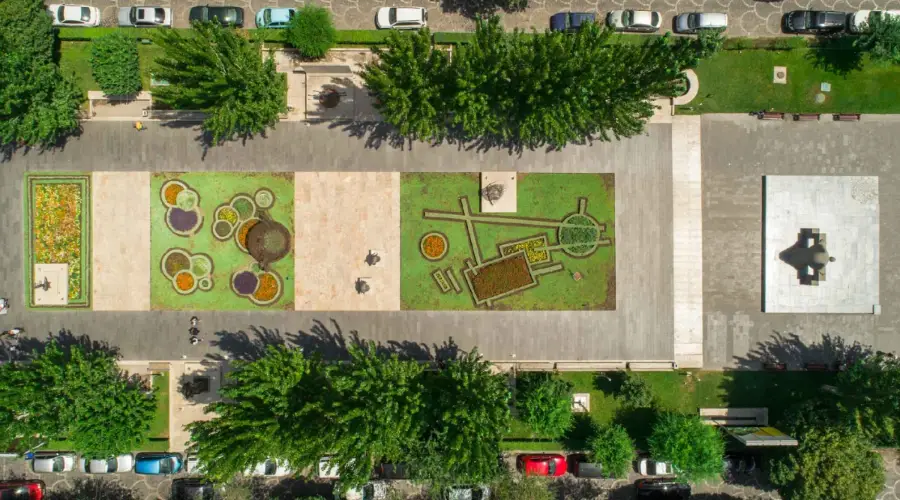
Landscape architects specialise in planning, designing, and developing buildings in outdoor spaces. They work in both residential and commercial areas and create detailed plans using CAD software.
When it comes to landscapes, architects need to focus on community members and the latest building regulations. This helps them to plan and build sustainable and pleasing spaces around the outdoors.
Residential Architects

Most probably, everyone knows about residential architects, and some have worked with them for their home construction. Their ultimate responsibility is to design homes and other living spaces according to the homeowner’s requirements.
Residential architects must ensure compliance with local zoning regulations and building codes. They conduct site assessments and collaborate with builders and contractors to create wholesome living spaces.
Sustainable Architects
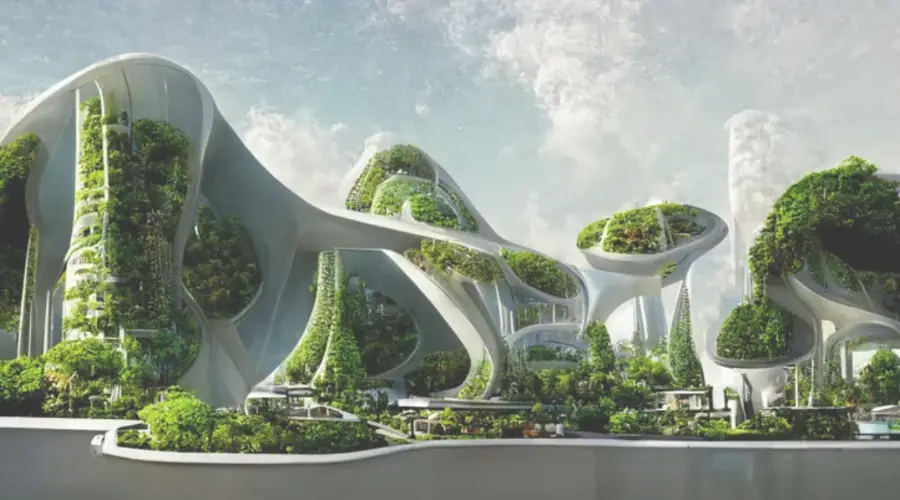
Minimising environmental impacts through energy-efficient systems becomes significant in this modernised digital world. Sustainable architects incorporate renewable energy solutions like solar panels or green roofs.
The ultimate goal of sustainable architects is to choose environmentally friendly design practices and make the world a better place.
Restoration Architects
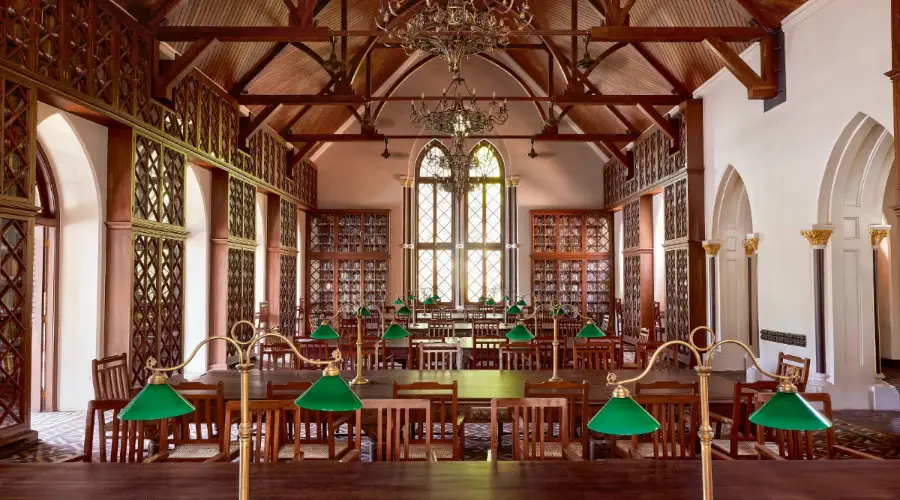
These architects specialise in preserving and restoring historic buildings. It requires a deep understanding of historical architecture and other techniques to restore any buildings without affecting the original quality of structures.
Restoration architects collaborate with preservationists, contractors, and historians to achieve better outcomes. They must ensure that modern updates don’t compromise buildings’ historical integrity.
Commercial Architects
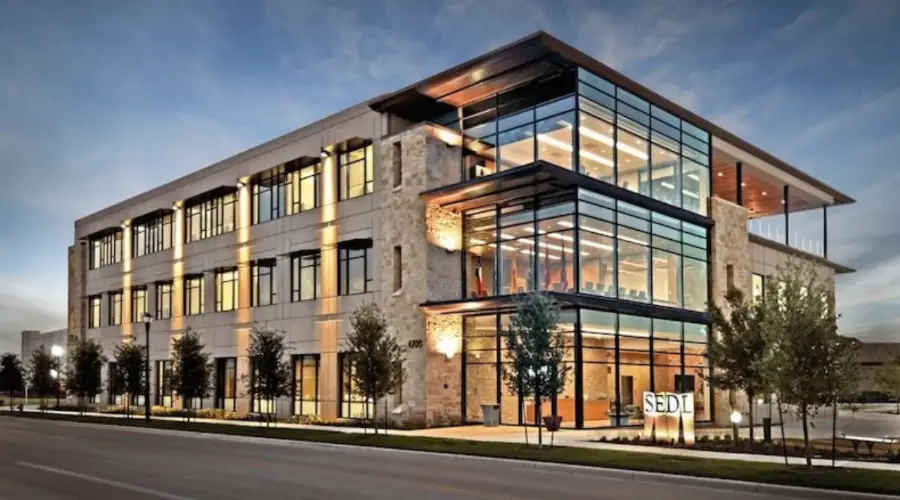
Commercial architects work on non-residential buildings and structures, such as offices, factories, shopping centres, hospitals, hostels, hotels, retail outlets, and sports areas.
While planning and designing these buildings, commercial architects must consider different aspects, including safety regulations, building codes, ease of maintenance, energy savings, and functionalities according to the client’s expectations and budgets.
Challenges and Responsibilities
Architects play a pivotal role in the overall construction process. They also face various challenges and successfully guide projects from initial consultation to building deployment.
Balancing Client Expectations with Practical Constraints
Whether it is a pleasing residential construction or an eye-grabbing commercial space, balancing the reality and expectations of the client will be a huge challenge. Yes, some clients have several things in mind, and they expect that everything will be fulfilled within their budget.
However, practical constraints can hinder such expectations. Architects can easily overcome this situation by professionally managing things. They can avoid overpromising, maintain proper updates, and maintain transparency throughout the project.
Ensuring Safety and Structural Integrity
Another significant challenge that every professional in the construction sector faces is maintaining the safety and structural integrity of buildings even after increasing loads and frequently updating the changes.
However, following safety standards at every stage of construction and ensuring the right course of building help deliver the best project to the clients.
In addition, architects face a dilemma when designing high-rise and multi-purpose structures on small land. The growing urban population increases these challenges.
Budget Management
Many architects face construction delays and budget overflows. Several influential factors, including unforeseen site conditions, unexpected weather changes, supply chain disruptions, and labour shortages are prominent reasons for these challenges.
Prior planning, including practical tips, using proactive risk management, regular progress monitoring, and proper updates, helps in effective budget management and on-time project delivery.
Compliance with Local Building Regulations
As mentioned earlier, a building should comply with zoning laws and regulations and meet safety standards. Thus, meeting both the local building codes and regulations and the client’s expectations can be a huge challenge for architects.
However, architects can utilise compliance management software to streamline the process and help identify issues in architectural design.
Conclusion
Being an architect is definitely a dream for many graduates. Understanding the challenges in the construction sector and architects’ responsibilities can help you perform more effectively.
As a homeowner, knowing the responsibilities of architects assists you in reaching out to skilled and experienced professionals. So, approach the right professionals to hand over your projects to the best team.

